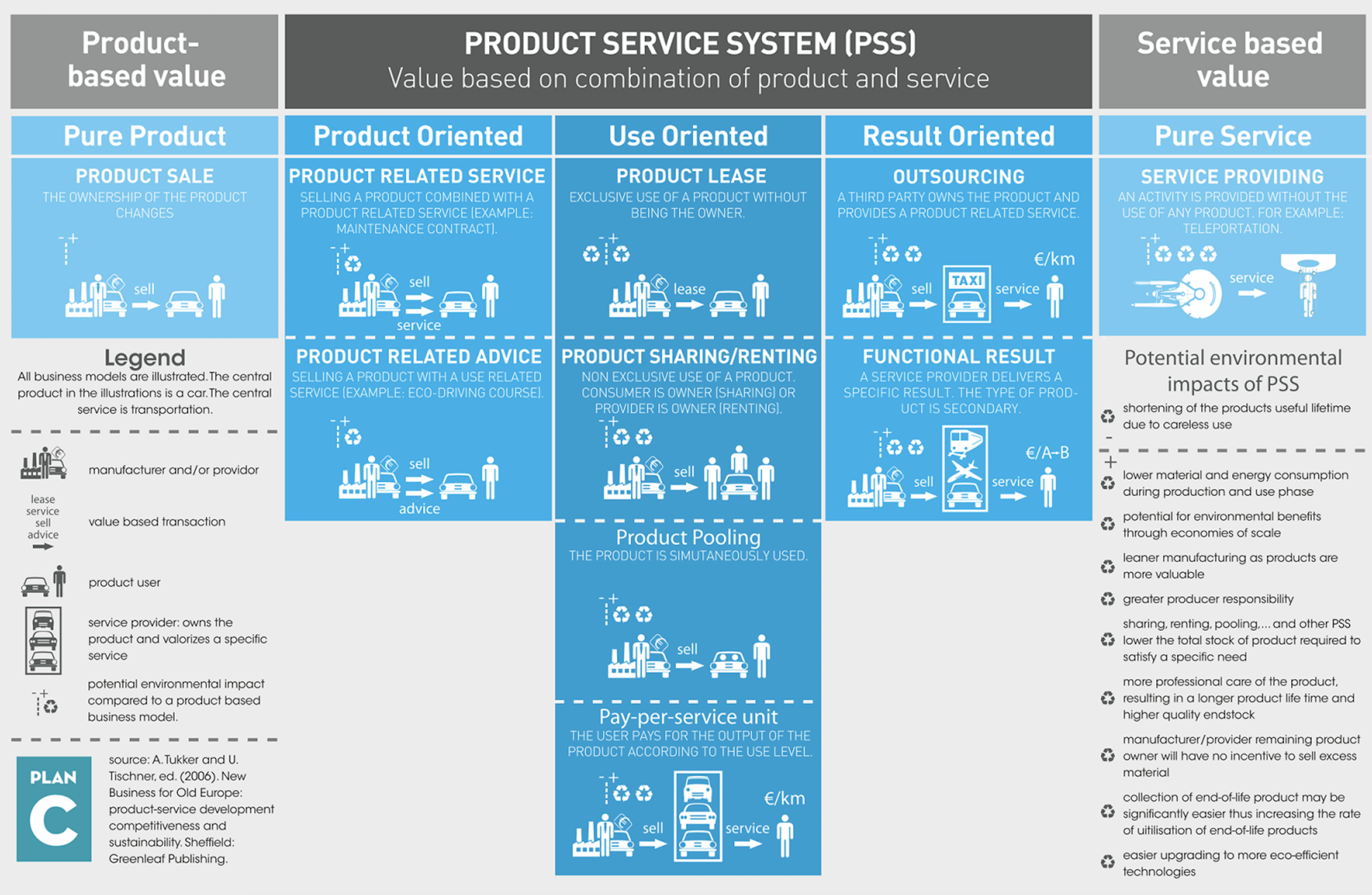
Product-Service Systems Innovation?
- Post by: Marco Bertoni
- 22nd March 2015
- 1 Comment
Intentional product-service systems design is the way towards sustainable, circular economy, solutions for a future society!
Q & A with Professor Tobias Larsson
In this interview session, Professor Tobias Larsson, Research Director in Mechanical Engineering, shares his perspectives on the difference between developing ‘function’ vs. ‘hardware‘ and reasons on the mechanical engineering research at BTH.
Q: What differentiates Product-Service Systems from the development of ‘traditional’ products, and what is your contribution to such processes?
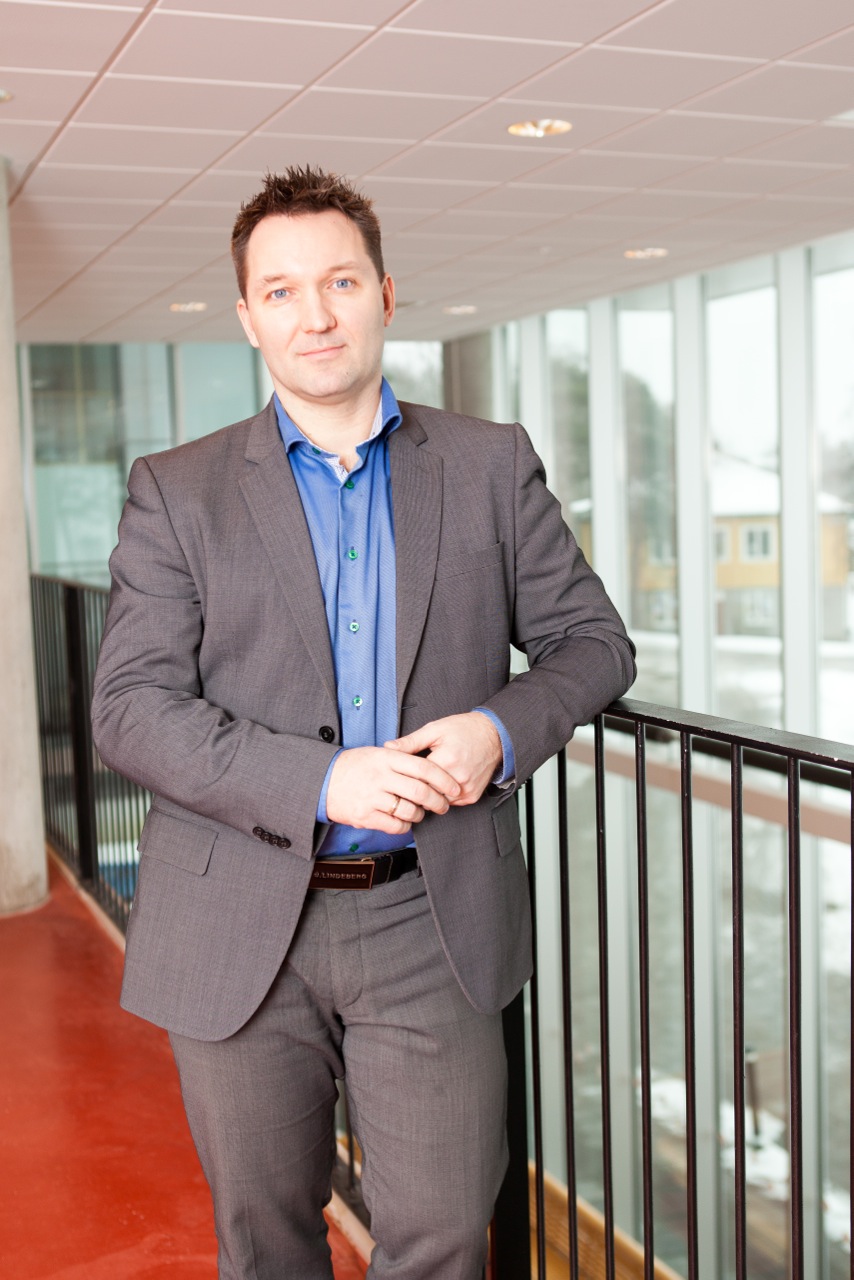
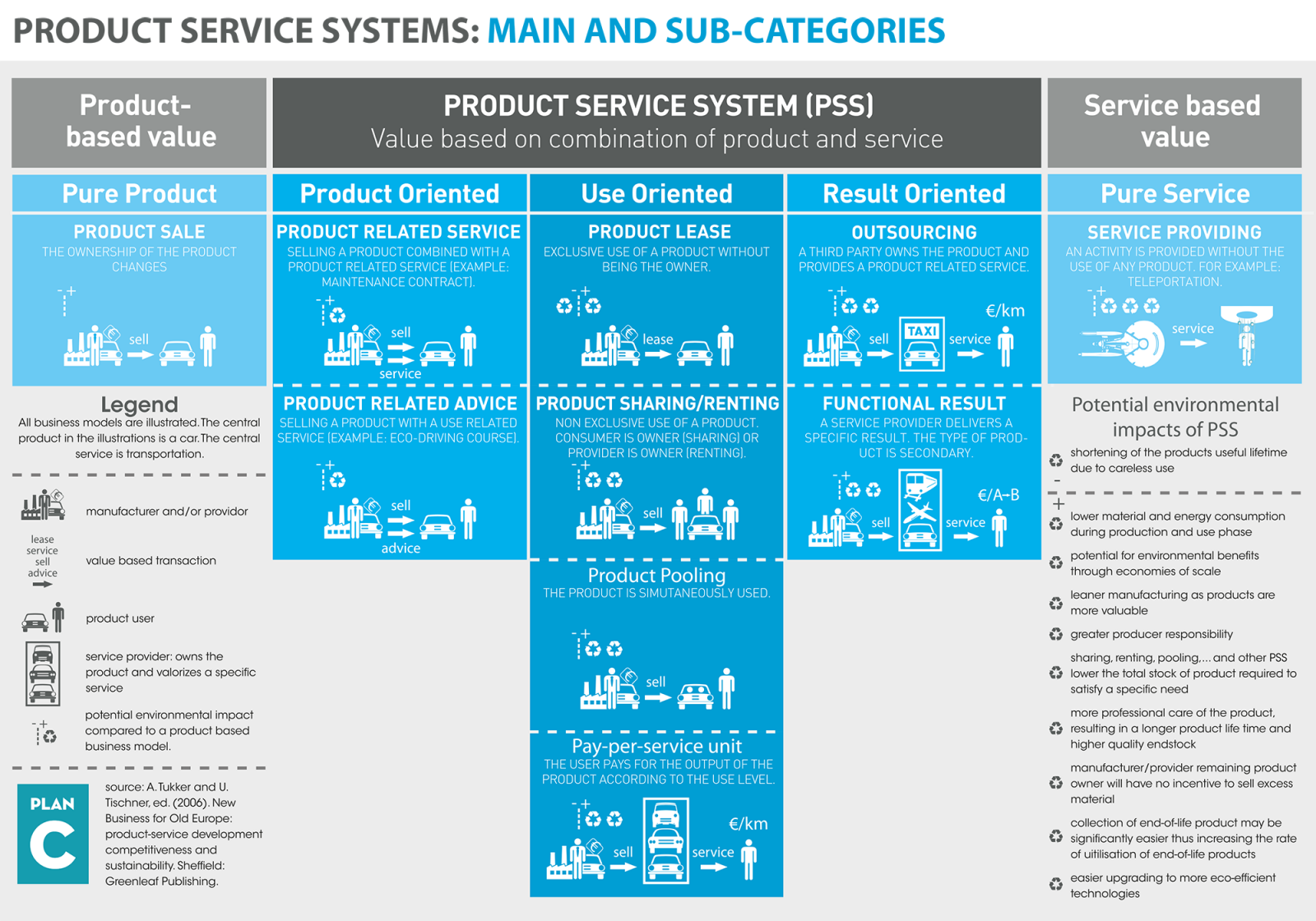
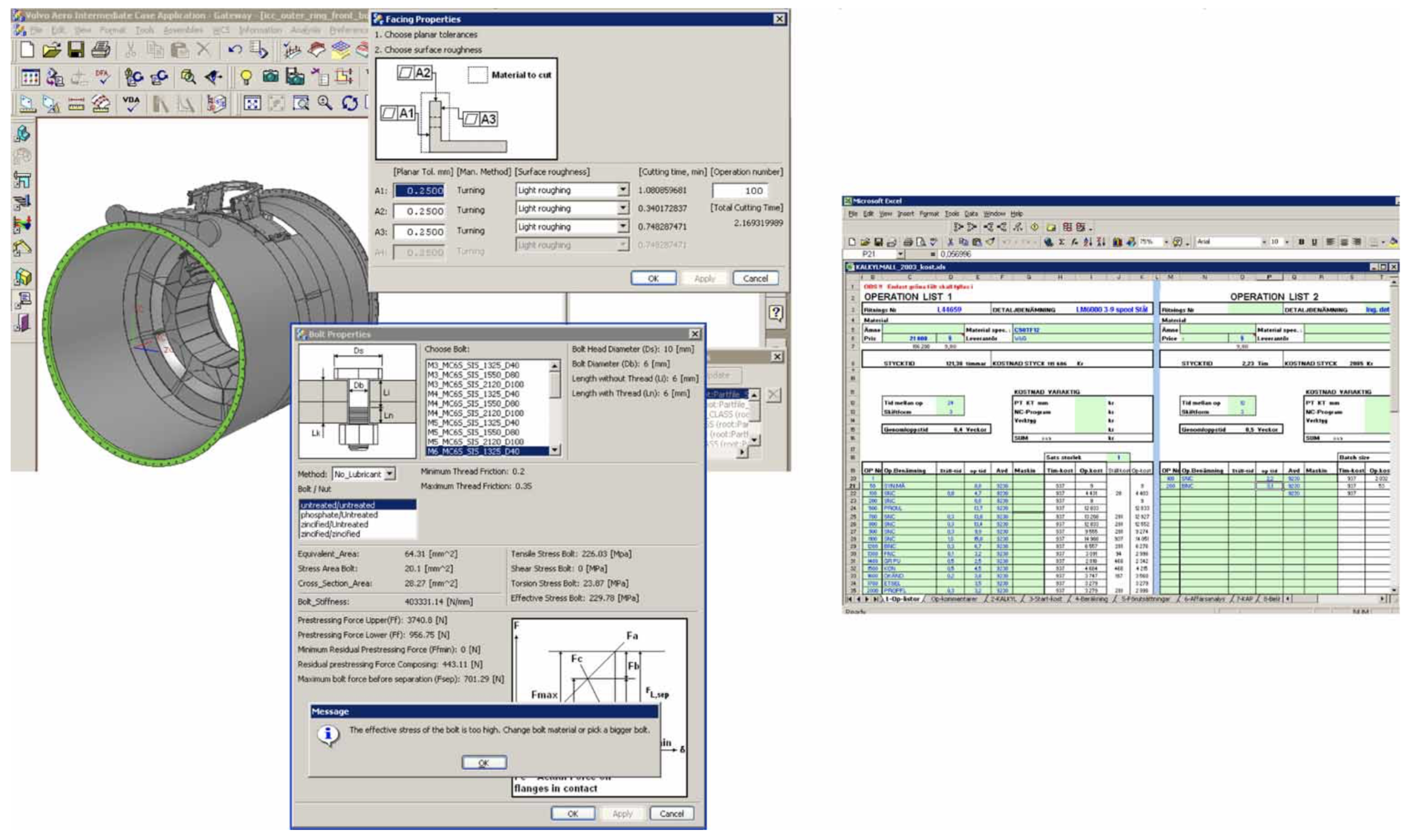
Sandberg, M., Boart, P., Larsson, T. (2005) Functional product life-cycle simulation model for cost estimation in conceptual design of jet engine components. Concurrent Engineering – Research and Applications, 13(4): 331-342 http://dx.doi.org/10.1177/1063293X05060136
Q: How can you talk about Product-Service Systems and ‘total life-cycle commitments’, and at the same time focus so strongly on the early phases of engineering development and especially model driven development?
Q: You work in the intersection of business, engineering, and human values. What does the term ‘simulation’ include in such a highly diverse context?
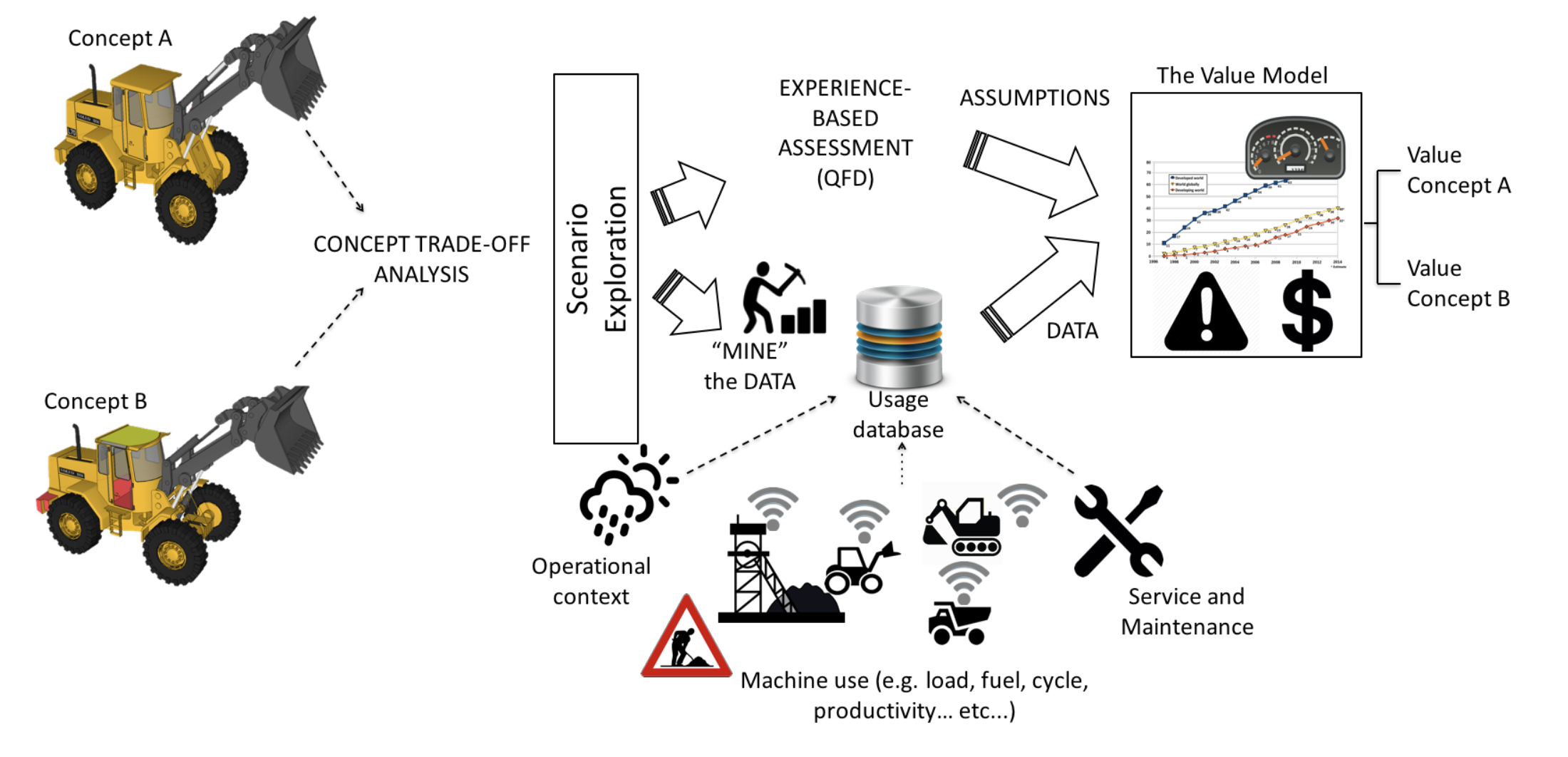
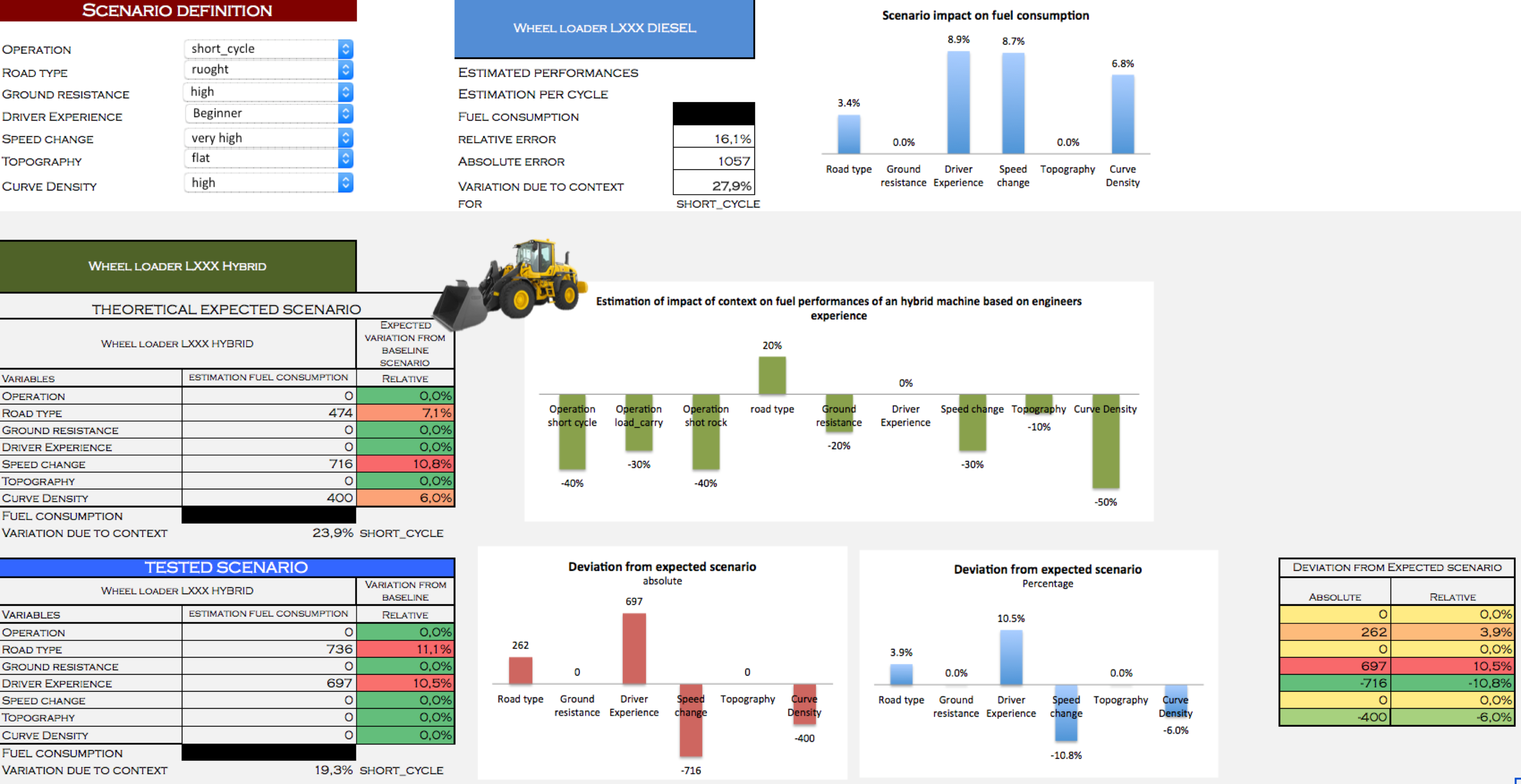
Bertoni, A., Larsson, T., Larsson, J. and Elfsberg, J., 2017. Mining data to design value: A demonstrator in early design. In ICED17, International Conference on Engineering Design
Q: You also promote a ‘knowledge based’ and ‘information driven’ approach. Why are aspects of knowledge and information so central?
A: Without going into definitions, it is about effectively utilising the information and knowledge that exists in processes, products and persons, so it can be acquired, evaluated, and used to make the ‘best’ possible decision in any given context and situation. If we know how a product is being used in the field, IoT technologies to bring that data to the table of design engineers together with qualitative data of perception (needs) it quickly becomes a game of knowing how to deal with large data flows and built-up experiences from users. Bringing that into executable models is a quest worth working on!
Q: In light of globalisation, what can your research center do to facilitate collaboration in development teams that are spread all over the world?
A: It is a fact that most businesses are spread across different geographical locations, different corporate cultures, etc. Our work on team innovation focuses on putting the development teams in focus and supporting them with tools, methods and best practices that aid their work process. Although not restricted to engineering, the engineering task is somewhat demanding in terms of collaboration due to the heavy demands engineers have on their work environment so here we find it extremely interesting to bring in new tools and methods that are better tailored to the task at hand. Supporting the creation of team culture and working with innovation assessment on team levels help these innovation teams to do some disruptive “damage" in their organisations for the benefit of better solutions.
Q: You have forged a very strong relationship with Stanford University. In which areas do you see them contributing the most to the Product-Service System Development field?
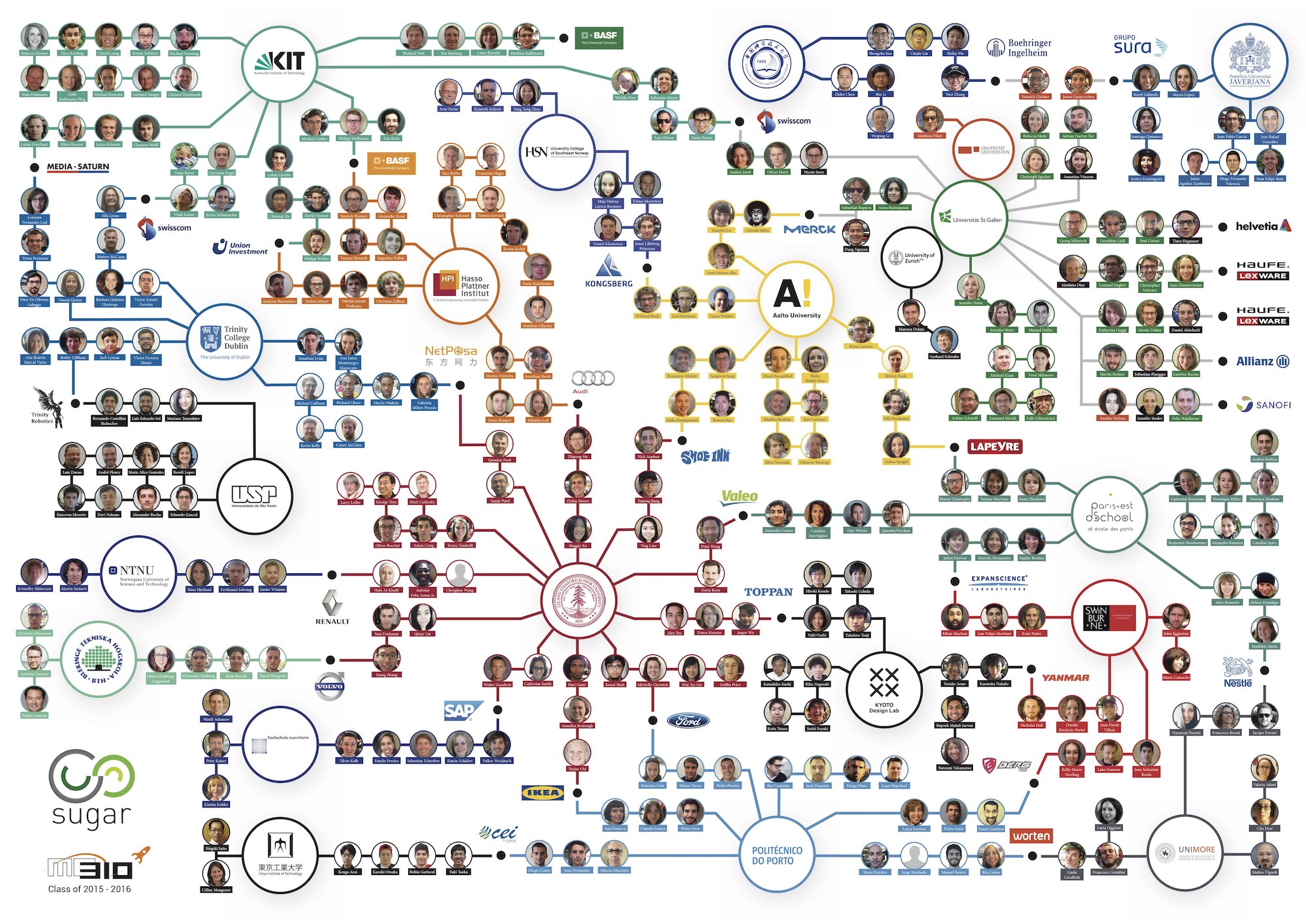

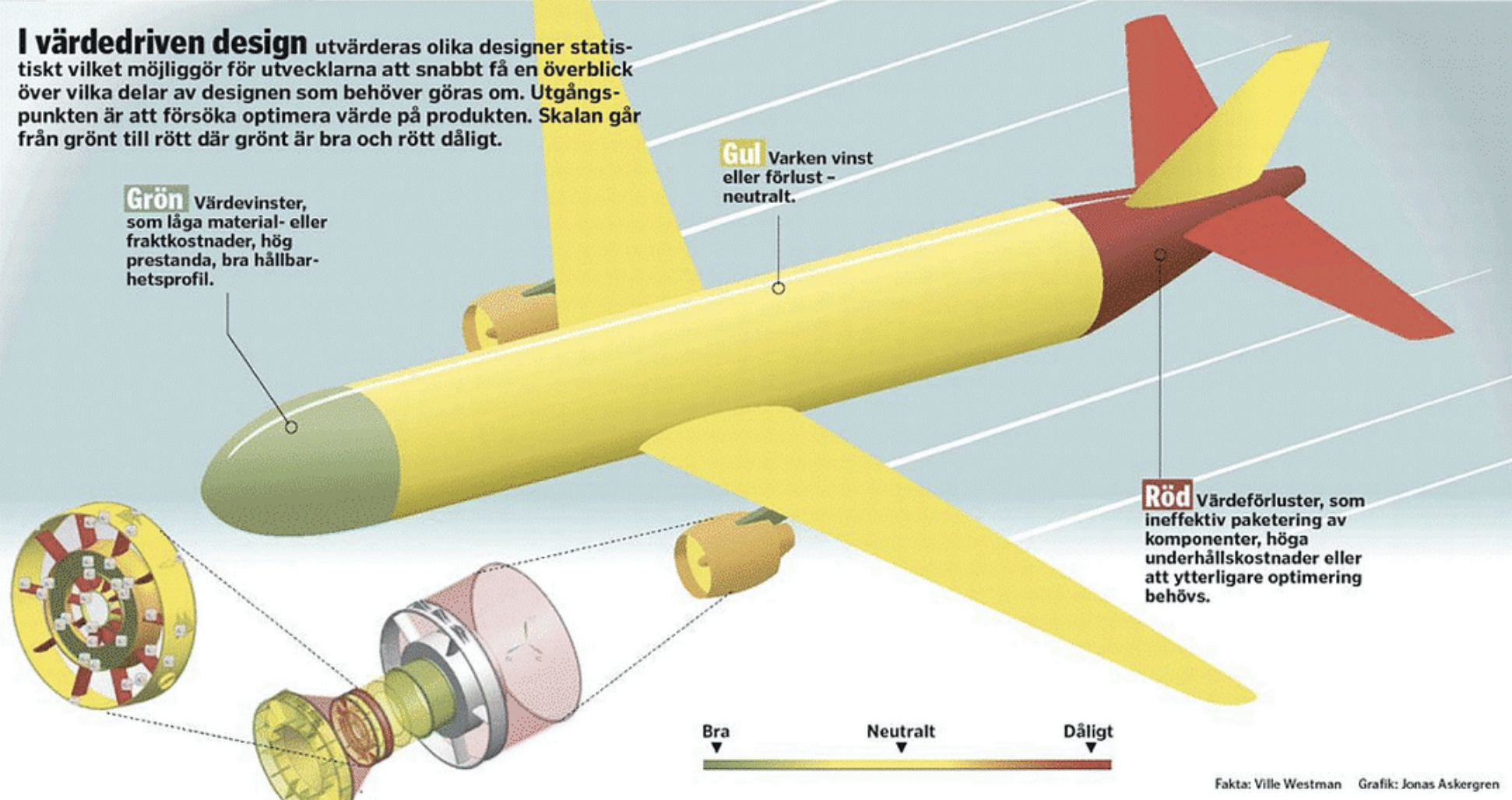
1 thought on “Product-Service Systems Innovation?”
Comments are closed.